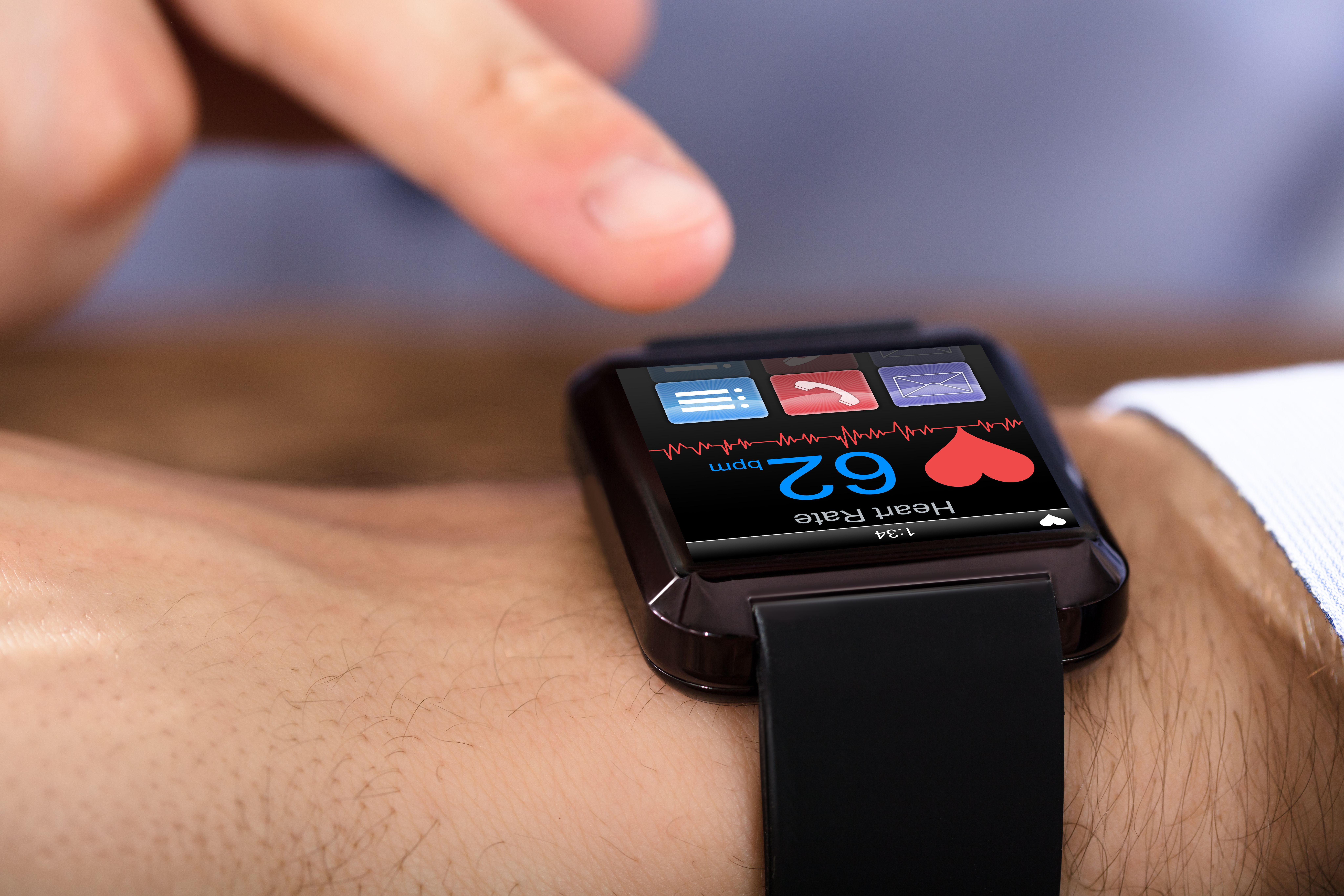- Clinical Technology
- Adult Immunization
- Hepatology
- Pediatric Immunization
- Screening
- Psychiatry
- Allergy
- Women's Health
- Cardiology
- Pediatrics
- Dermatology
- Endocrinology
- Pain Management
- Gastroenterology
- Infectious Disease
- Obesity Medicine
- Rheumatology
- Nephrology
- Neurology
- Pulmonology
Study: Wearable Activity Trackers Have Potential to Support Decision Making, Clinical Care
Wearable activity trackers could potentially support clinical care for patients with pulmonary arterial hypertension, according to a new study.

Wearable activity trackers could potentially support clinical care for patients with pulmonary arterial hypertension (PAH) and other chronic diseases, according to a new study led by researchers from Johns Hopkins University.
“The purpose of this study was to show that clinically relevant metrics beyond daily step count can be derived from these wearable activity monitors,” said first author Zheng Xu, PhD, a postdoctoral fellow for inHealth, a strategic initiative to advance precision medicine at The Johns Hopkins University, in a press release. “Historically, remote monitoring of a patient’s physical status has been challenging. We wanted to meet that challenge and see what kind of untapped information is contained within these devices that could help us support patients with PAH.”
In the study published in npj Digital Medicine, Xu and colleagues reported on results from a cohort of 22 individuals with PAH who were given a Fitbit activity monitor to wear between 2 clinic visits. At each visit, researchers recorded 26 measurements of each participant, including health-related quality of life, heart rate measurements, and results from the six-minute walk distance (6MWD) test.
Investigators used the Fitbit minute-to-minute step rate and heart rate data of each participant to ascertain a range of metrics broadly associated with physical activity and cardiovascular (CV) function, including the distribution of heart rate and intensity and frequency of walking instances throughout each week, as well as results from an analog version of the 6MWD test that the research team called the free-living 6MWT (FL6MWD). These metrics were then used to identify subgroups (eg, high and low ambulation, high and low fitness slope), within the cohort and also used to compare to clinical parameters.
Using a thresholding approach, Xu and colleagues found several Fitbit metrics that resulted in statistically significant differences in clinical parameters between subgroups. These included parameters associated with physical status, CV function, and pulmonary function, as well as levels of clinically measured NT-proBNP. Overall, the team found statistically significant differences in 18 of the 26 metrics across the 22 participants.
“Finding so many statistically significant differences in a relatively small cohort suggests to us that activity-tracker data may make it possible to identify surrogate markers of disease severity that can be monitored remotely,” said senior author Peter Searson, PhD, the Joseph R. and Lynn C. Reynolds Professor at the Johns Hopkins University Whiting School of Engineering. “These data could potentially contribute to the identification of patients who would benefit from more frequent clinic visits or specific medications.”
“We also believe that activity tracker-measured health parameters could serve as proxies for clinically measured health parameters of patients with chronic disease,” added Searson in the release.
Next, the team will be collaborating with the Johns Hopkins COPD Precision Medicine Center of Excellence to try to determine whether signals from wearable activity devices can be used to predict the risk of a COPD flareup.
Reference: Xu Z, Zahradka N, Ip S, et al. Evaluation of physical health status beyond daily step count using a wearable activity sensor. NPJ Digit Med. 2022;5:164. doi:10.1038/s41746-022-00696-5.
